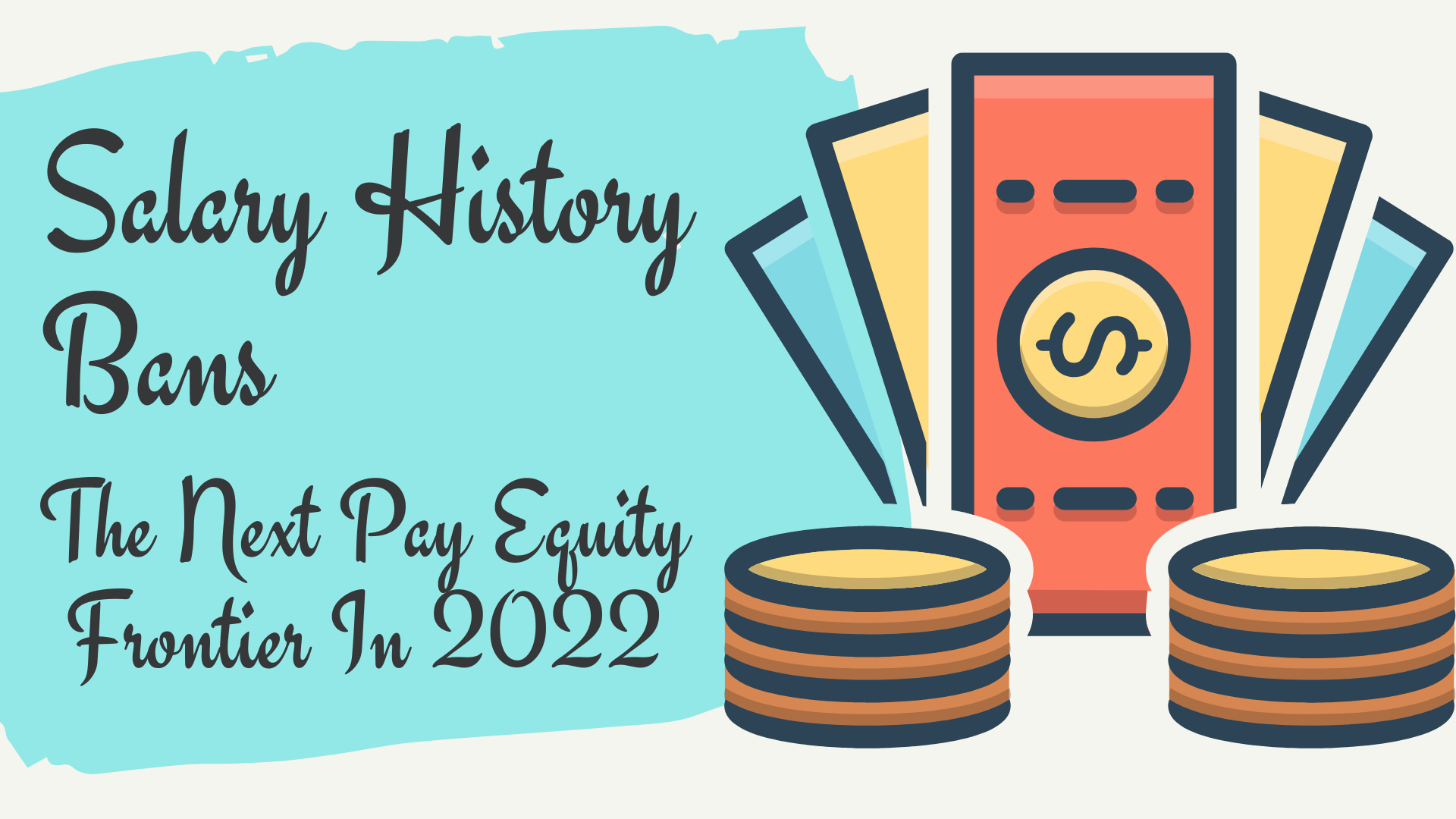Please note that events are moderated so there may be a delay between you posting it and your event being live on the site.

- This event has passed.
Salary History Ban: Everything Employers Need to Know
16 December 2021 |1:00 pm - 2:30 pm EST
149
DESCRIPTION
LIVE ONLINE TRAINING COURSE

 1 CEU HRCI |1 PDC SHRM APPROVED
1 CEU HRCI |1 PDC SHRM APPROVED
It’s the job interview question you’d love to dodge: What’s your current, or most recent, salary? A low Figure could limit your starting pay. A high number might make you seem too expensive. Now, several states and cities are banning the question as part of efforts to ensure pay equity for women and minorities, but some companies say the new laws represent yet another intrusion into their businesses.
It is often customary for employers to ask for salary history and use that information to set wages in a new position. But when we take a closer look, how is prior pay related to a worker’s ability to perform a new job? Shouldn’t employees be compensated for what their skills are worth to the new company and not be based on a different job from their past?
A worker’s salary history follows her from job to job. Low pay at an early job can affect salary at a later one, because hiring managers often base their offer on previous pay. Even candidates who negotiate and advocate strongly for themselves at the salary phase can wind up with a lower offer than someone who happened to earn more at an earlier position.
Thankfully, recent efforts at the state level are working to end this misleading practice, a welcomed step in ending the pay gap between men and women.
SESSION HIGHLIGHTS:
- What do the salary ban laws prohibit?
- How asking about salary history impacts pay equity?
- What employers can and cannot ask related to prior salary?
- Best practices for employers to consider in light of new developments
- Using market data to guide your compensation offers
- Best practices for communicating pay with future employees to increase offer acceptance rate
- Pricing the job, not the person
- Practical tips on how to comply with the salary history law
Why You Should Attend:
Many states have passed a law, banning the question of salary history. As the laws may brighten the employee’s faces. However, employers and employees are not on the same page as many employers have voiced their opinion, revealing that it is another intrusion into their business. To cut a long story short this webinar will give you an overview of salary history and practical tips on how to comply with the current laws.
Who Should Attend:
- Senior Leadership
- Human Resources Professionals
- Compensation Professionals
- Recruiting Professionals
- Managers & Supervisors
During the Q&A session following the live event, ask a question, and get a direct response from our expert speaker.
Note: You will get access to the Recording link and E-Transcript; in your account and at your registered email address, in the next 2 -3 days once the webinar is accomplished.